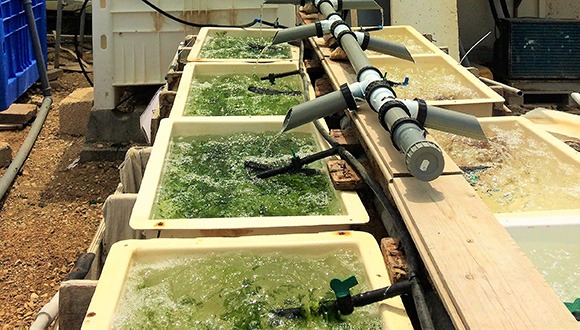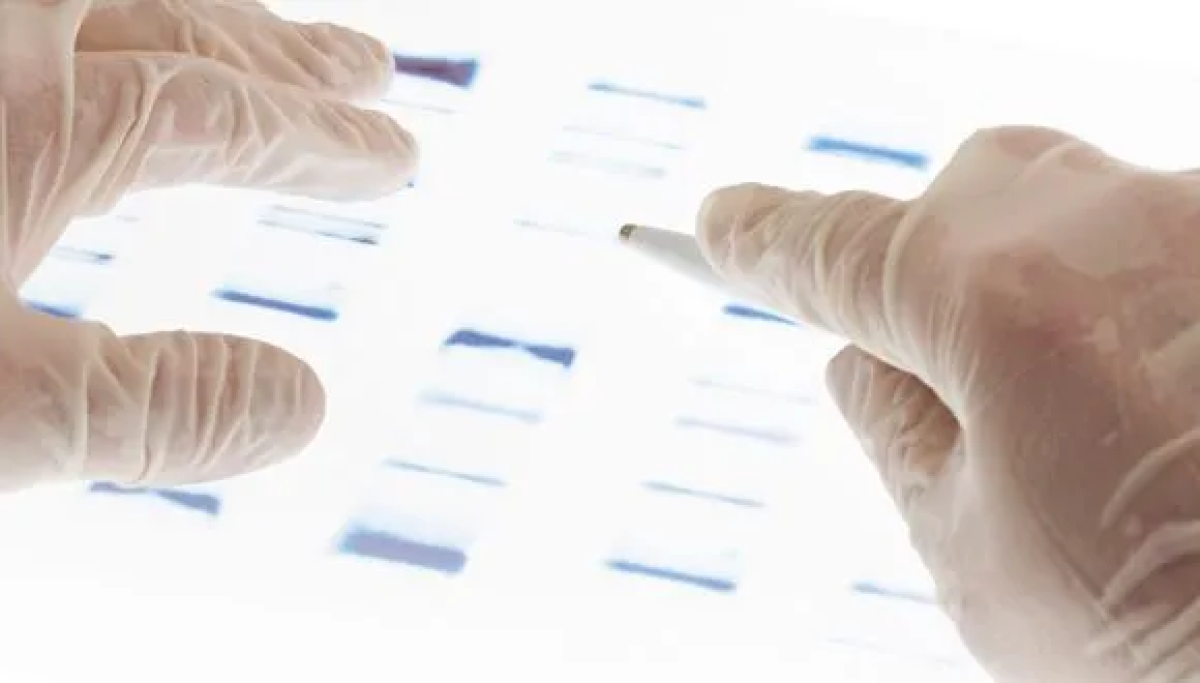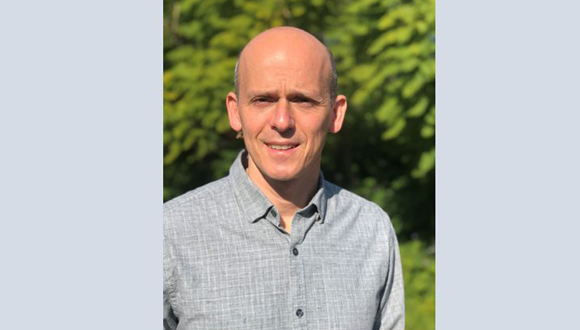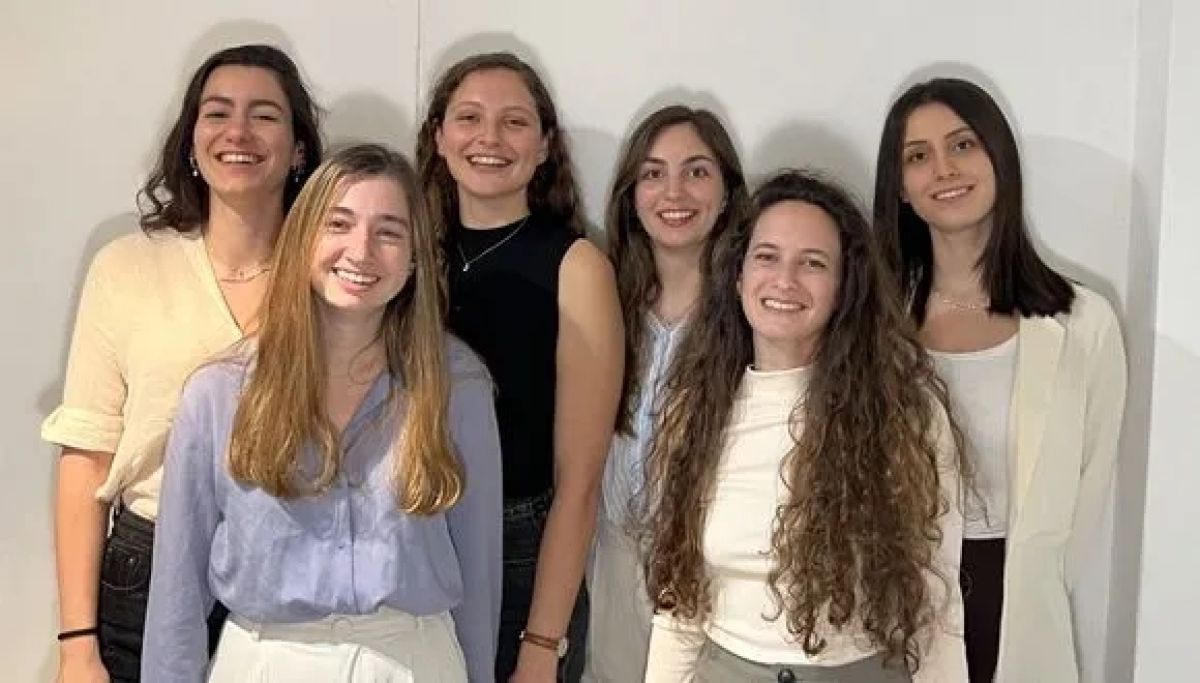Plants Emit Sounds – Especially When Stressed
In a world first, Tel Aviv University researchers record and analyze sounds distinctly emitted by plants.
Do you talk to your plants? While you may not be able to hear them, yaour plants could very well be chatting away as well (perhaps they are not such great listeners after all), and that’s especially true if they are having a bad day (did you forget to water them again?). For the first time in the world, TAU researchers recorded and analyzed sounds distinctly emitted by plants. The click-like sounds, resembling the popping of popcorn, are emitted at a volume similar to human speech, but at high frequencies, beyond the hearing range of the human ear. The researchers: “We found that plants usually emit sounds when they are under stress, and that each plant and each type of stress is associated with a specific identifiable sound. While imperceptible to the human ear, the sounds emitted by plants can probably be heard by various animals, such as bats, mice, and insects.”
“From previous studies we know that vibrometers attached to plants record vibrations, but do these vibrations also become airborne soundwaves – sounds that can be recorded from a distance? Our study addressed this question, which researchers have been debating for many years.” Prof. Lilach Hadany
Resolving Old Scientific Controversy
The study was led by Prof. Lilach Hadany from the School of Plant Sciences and Food Security at The George S. Wise Faculty of Life Sciences, together with Prof. Yossi Yovel, Head of the Sagol School of Neuroscience and faculty member at the School of Zoology and the Steinhardt Museum of Natural History, and research students Itzhak Khait and Ohad Lewin-Epstein, in collaboration with researchers from the Raymond and Beverly Sackler School of Mathematical Sciences, the Institute for Cereal Crops Research, and the Sagol School of Neuroscience – all at Tel Aviv University. The paper was published in the prestigious scientific journal Cell.
“From previous studies we know that vibrometers attached to plants record vibrations,” says Prof. Hadany. “But do these vibrations also become airborne soundwaves – sounds that can be recorded from a distance? Our study addressed this question, which researchers have been debating for many years.”
WATCH: Prof. Yossi Yovel and Prof. Lilach Hadany on their findings
At the first stage of the study the researchers placed plants in an acoustic box in a quiet, isolated basement with no background noise. Ultrasonic microphones recording sounds at frequencies of 20-250 kilohertz (the maximum frequency detected by a human adult is about 16 kilohertz) were set up at a distance of about 10cm from each plant. The study focused mainly on tomato and tobacco plants, but wheat, corn, cactus and henbit were also recorded.
“Our findings suggest that the world around us is full of plant sounds, and that these sounds contain information – for example about water scarcity or injury (…) We believe that humans can also utilize this information, given the right tools – such as sensors that tell growers when plants need watering.” – Prof. Lilach Hadany
Mapping Plants’ Complaints with AI
Before placing the plants in the acoustic box, the researchers subjected them to various treatments: some plants had not been watered for five days, in some the stem had been cut, and some were untouched. Prof. Hadany explains that their intention was to test whether the plants emit sounds, and whether these sounds are affected in any way by the plant’s condition: “Our recordings indicated that the plants in our experiment emitted sounds at frequencies of 40-80 kilohertz. Unstressed plants emitted less than one sound per hour, on average, while the stressed plants – both dehydrated and injured – emitted dozens of sounds every hour.”
The recordings collected in this way were analyzed by specially developed machine learning (AI) algorithms. The algorithms learned how to distinguish between different plants and different types of sounds, and were ultimately able to identify the plant and determine the type and level of stress from the recordings. Moreover, the algorithms identified and classified plant sounds even when the plants were placed in a greenhouse with a great deal of background noise.
In the greenhouse, the researchers monitored plants subjected to a process of dehydration over time and found that the quantity of sounds they emitted increased up to a certain peak, and then diminished.
“In this study we resolved a very old scientific controversy: we proved that plants do emit sounds!” says Prof. Hadany. “Our findings suggest that the world around us is full of plant sounds, and that these sounds contain information – for example about water scarcity or injury. We assume that in nature the sounds emitted by plants are detected by creatures nearby, such as bats, rodents, various insects, and possibly also other plants – that can hear the high frequencies and derive relevant information. We believe that humans can also utilize this information, given the right tools – such as sensors that tell growers when plants need watering. Apparently, an idyllic field of flowers can be a rather noisy place. It’s just that we can’t hear the sounds.”
In future studies the researchers will continue to explore a range of intriguing questions, such as: What is the mechanism behind plant sounds? How do moths detect and react to sounds emitted by plants? Do other plants also hear these sounds? Stay tuned.

The research team



















